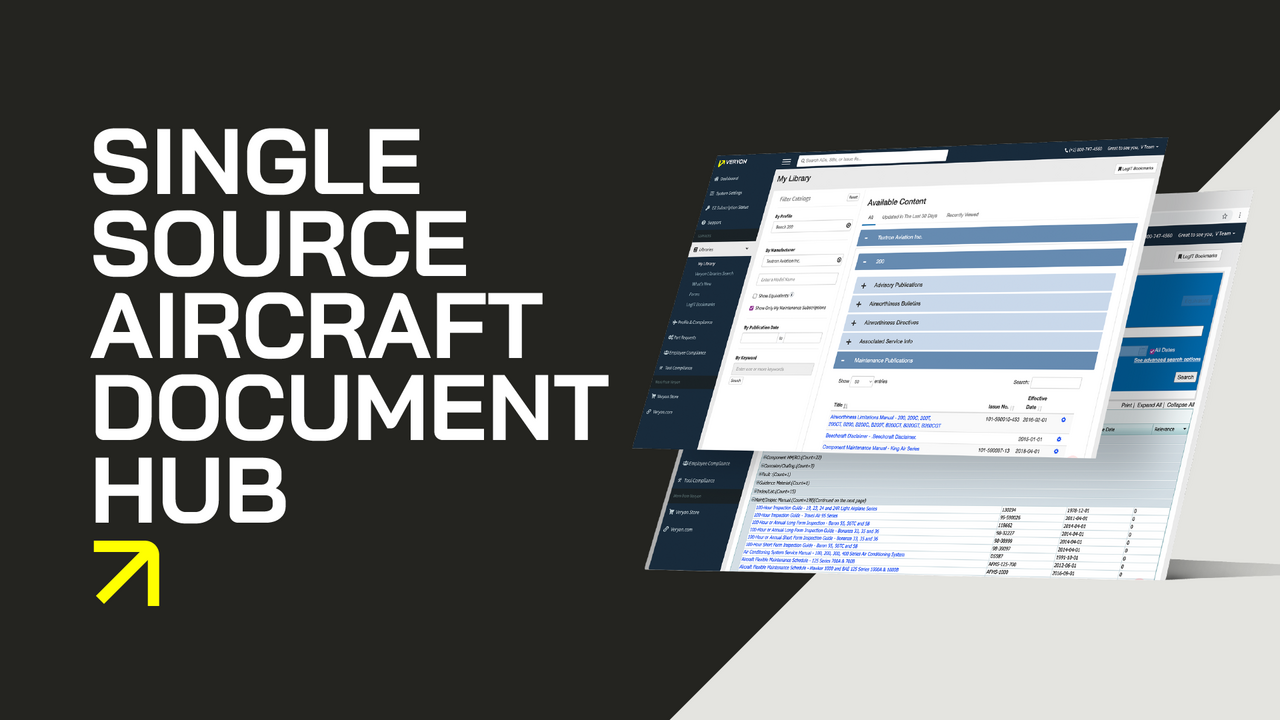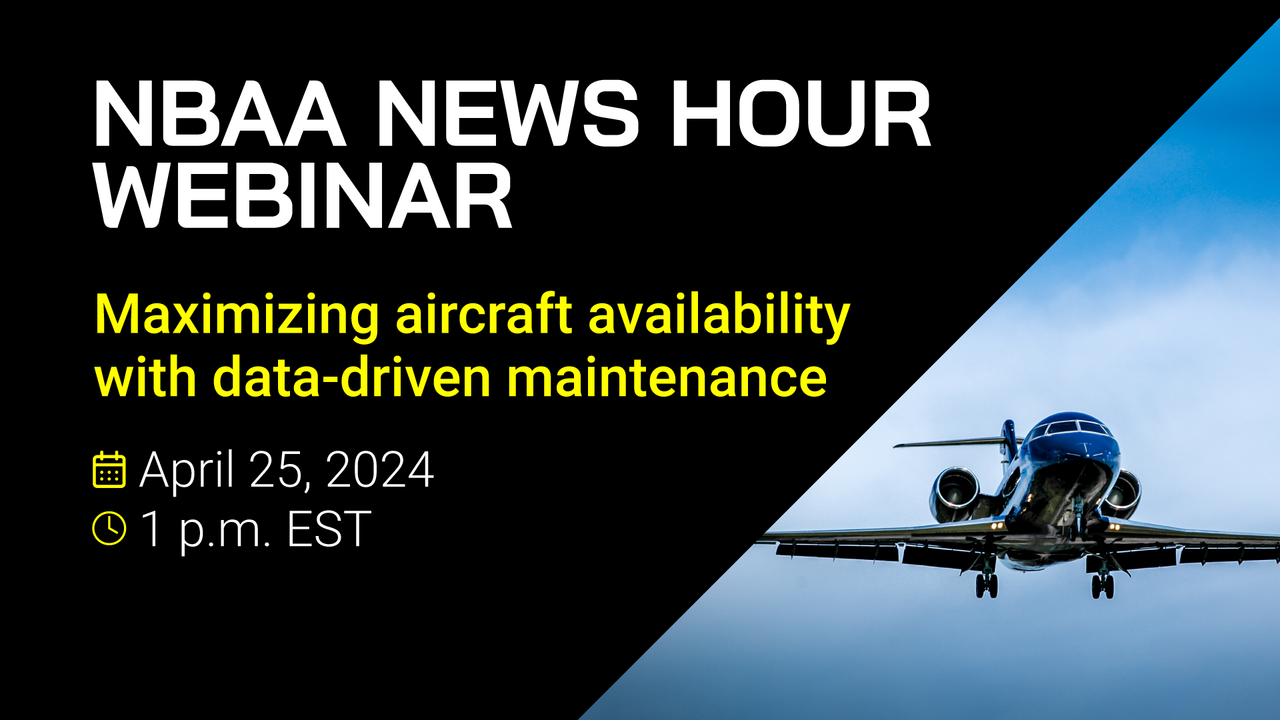2 min read
Effectively Managing Chronic Faults/Unplanned Maintenance To Reduce Costs and Frequency
ATP
Apr 12, 2017 11:57:00 PM

When a maintenance operation looks at its costs, the numbers are driven by many factors — among them planned and unplanned aircraft maintenance.
Both contribute to costs, but how these costs add up varies according to the kind of maintenance event at hand – and the cost of unscheduled aircraft maintenance starts with the need for someone to immediately address the problem. The inability to dispatch the aircraft until again declared airworthy adds to the expense. Then there’s the impact on scheduling and dispatch.
The IMPACT OF UNPLANNED/UNSCHEDULED AIRCRAFT MAINTENANCE ON BUSINESS OPERATIONS
A single failure imposes a ripple effect that reverberates through the operation. The aircraft maintenance problems and solutions – correcting the failure and having the aircraft returned to service – allows that ripple effect to finally end with smooth air again.
In large fleet operations, whether business or commercial aircraft, the types of unplanned maintenance events impact four major areas:
- The use of maintenance resources, which taxes resources overall and decreases organizational efficiency;
- Then there’s the impact on flight schedules, which can happen anytime a repair between flights requires more time than the flight schedule allows. These incur flight delays, and sometimes outright flight cancellations;
- Add to these issues the physical impact on the aircraft itself – all of that “wrenching,” disconnecting parts, reinstalling components, additional engine cycles for powerplant problems, the impact from recurring faults in which still-good parts were previously replaced – draining inventory and polluting logistics calculations with bad data – affecting, ultimately, the reliability of the airplane;
- Finally, there’s the impact on efficiency from any repetition of this process – which happens when the correct repair doesn’t occur on the first try;
Why IS UNPLANNED MAINTENANCE AND WHY IT IS SO DIFFICULT TO DETECT UNSCHEDULED MAINTENANCE PROBLEMS IN AVIATION
Multiple challenges affect the mechanic’s ability to accurately diagnose and fix problems the first time, explained Phil D’Eon, Senior Vice President of Strategy at ATP.
“One pilot or mechanic dedicated to one airplane will know inherently when a fault repeats because he is consistently involved,” D’Eon said.
The challenges increase in large operations because not every aircraft flies with the same pilot – or gets the same mechanic’s touch every trip into the maintenance hangar, D’Eon noted.
“In large fleets where a large number of technicians deal with unplanned events, any individual technician sees a myriad of aircraft.”

Adds D’Eon: “No individual technician will be inherently aware of the repeat fault history of the specific aircraft for which he is now tasked urgently with returning to service, unless significant effort is spent reviewing the logs.”
That problem forces maintenance technicians to comb through the aircraft logbooks where another hurdle often awaits: Different mechanics’ decisions on how to apply the ATA codes used to track problems.
“The impact of this structure too often translates into multiple mechanics inconsistently applying ATA codes to related defects – increasing the difficulty of programmatically detecting recurring defects.”
How a Recurring Defect Solution Can Streamline Operations
Taken together, the four areas mentioned earlier prompted D’Eon to discuss the importance and value of fleet-wide application of software solutions that increase the efficiency of work by reducing chronic failures.
Enter the ChronicX® solution for recurring defects.
The ChronicX® solution identifies recurring (“chronic”) defects in spite of inconsistent problem descriptions and ATA codes. Early awareness of repeats has proven to reduce their numbers, thereby improving fleet availability and equipment utilization, and reducing unscheduled (and unnecessary) component replacements.
“The ChronicX solution uses text mining to not only identify related defects regardless of ATA codes, but also present them days or even weeks earlier than conventional methods,” D’Eon explained. “This allows maintenance staff to resolve a larger number of recurring defects, earlier.”
While it can’t stop aircraft from suffering the initial failures, the ChronicX solution can help eliminate problems that repeat.
About ATP.
ATP is the leading provider of aviation software and information services.
Our innovative product lines, including Flightdocs, Aviation Hub, ChronicX, and SpotLight, reduce operating costs, improve aircraft reliability, and support technical knowledge sharing and collaboration in all aviation and aerospace industry sectors.
The products and services of ATP support more than 75,000 aircraft maintenance professionals worldwide. As a global company, ATP has more than 7,500 customers in 137 countries and partnerships with over 90 OEMs.



